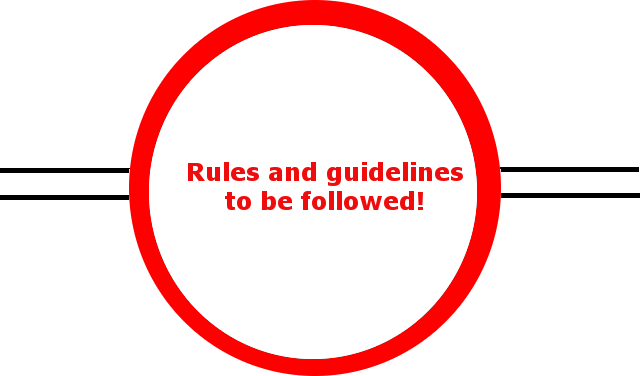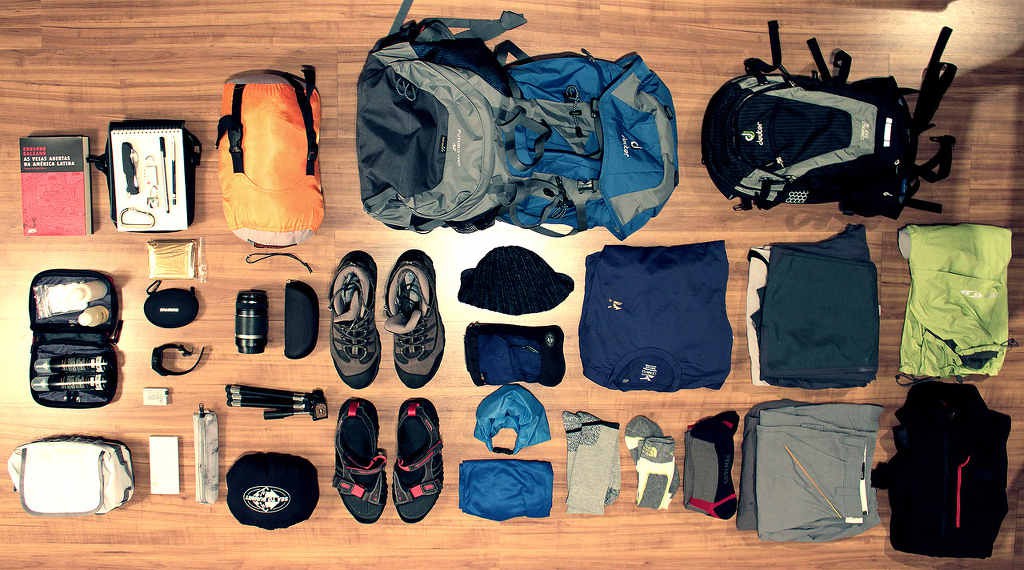
Fees, Rules and Guidelines
Fees, Rules and Guidelines
Entrance to the park is by permit, with additional charges for still and video cameras. Permits for the core zone can be obtained at the head office in Shamshi and the range offices in Shairopa (Tirthan Valley) and Ropa (Sainj Valley).
Entry Fee Structure
Please check with the park authorities for latest fees.Adobe Scan 18 Sep 2020 (1)
Insurance
Visitors of more than one day to GHNP are strongly advised to buy travel insurance that covers emergency medical treatment and evacuation.
Trekking Routes
GHNP’s two main areas for trekking are the ecozone and park interior. All activities in the park are conducted on foot – there is no provision for motor safaris.
All four of the park’s valleys offer moderate to difficult treks. Multi-day treks include strenuous climbing, requiring thorough preparation and stamina.
Proper trekking gear is also necessary, particularly to cope with unexpected drops in temperature.
Your choice of trekking route should match your fitness level. If you are in good health, you should easily be able to trek up to 4,000 m.
Some treks within GHNP are very strenuous – e.g. over the Pin Parvati Pass (5319m) – and require excellent health and trekking experience, as well as mountaineering, snow-walking and orientation skills.
Dress appropriately for the season and wear thin layers of clothing. Your trekking boots should have good ankle support and sturdy soles. Don’t wear new boots on your trek as this can cause chafing and blisters.




